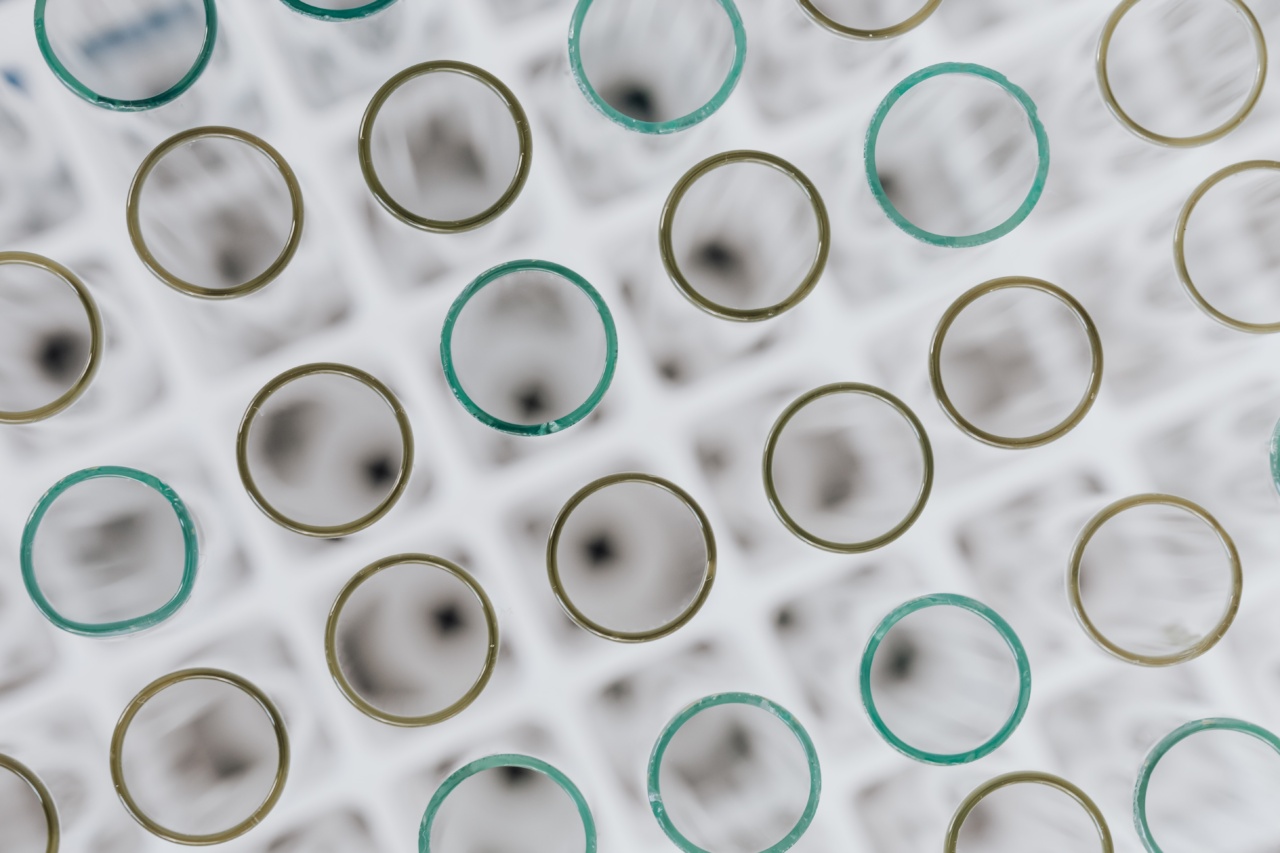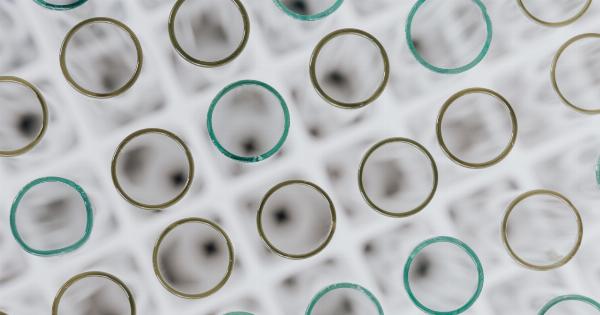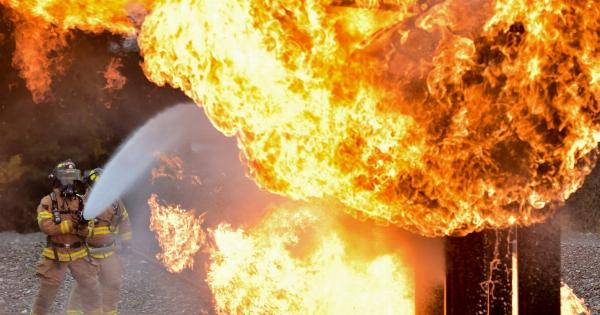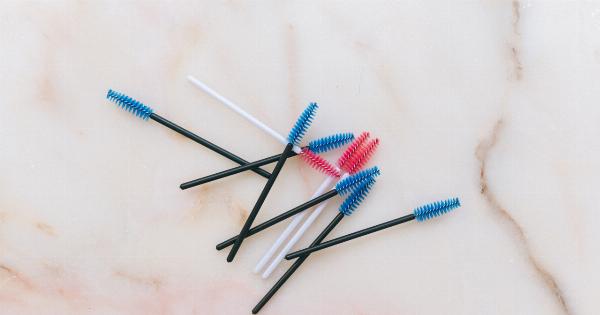Chemical burns are injuries caused by exposure to a corrosive substance such as acids, alkalis, or solvents. They can occur at home, in the workplace, or during accidents.
Treating a chemical burn immediately is crucial to minimize damage, prevent infection, and promote faster healing. When in doubt about the severity of a chemical burn, it is always best to err on the side of caution and take prompt action.
Recognizing a chemical burn
Identifying a chemical burn is the first step towards providing appropriate care. The symptoms of a chemical burn may vary depending on the severity and the type of chemical involved. Here are some signs to look out for:.
- Redness and irritation at the affected area
- Pain or discomfort
- Blisters or swelling
- Blackened or dead skin
- Difficulty in breathing or swallowing (if the chemical was inhaled or ingested)
Immediate actions to take
When dealing with a chemical burn, time is of the essence. Follow these steps to ensure proper treatment:.
1. Remove the source
If the chemical is still in contact with the skin, carefully remove any clothing or jewelry in the affected area. Use gloves or protective equipment to avoid direct contact with the chemical and prevent further spread.
2. Rinse with water
Quickly but gently rinse the affected area with large amounts of cool running water. This should help remove any residual chemical and prevent further damage.
Keep the area under the water for at least 20 minutes, even if the person feels immediate relief. If possible, remove any contact lenses as well to prevent further irritation.
3. Remove contaminated clothing
If the chemical has soaked through the clothing, carefully cut or remove the affected garments while continuing to rinse the area with water. Do not pull the clothing over the head, as this can increase the risk of contact with the face and eyes.
4. Assess the severity
While rinsing the area, assess the severity of the burn. Chemical burns can be categorized into different degrees:.
- First-degree burn: This involves redness, swelling, and pain but does not cause blisters.
- Second-degree burn: This affects the outer and underlying layer of the skin, causing blisters, intense pain, and swelling.
- Third-degree burn: The most severe type, it results in the destruction of both layers of the skin, leading to a blackened or charred appearance.
5. Seek medical assistance
If the chemical burn is severe or covers a large area of the body, or if the burn was caused by a strong acid or alkali, it is important to seek immediate medical attention. Call emergency services or transport the person to the nearest hospital.
Home remedies and first aid for chemical burns
While waiting for professional medical help or if the chemical burn is minor, you can administer some first aid at home.
However, it is important to note that these remedies should not substitute proper medical care and are only meant to provide temporary relief:.
1. Cover the burn
After rinsing the area thoroughly, cover the burn with a sterile non-stick bandage or a clean cloth to protect it from dirt and bacteria. This can also help alleviate pain and prevent further damage.
2. Use over-the-counter pain relievers
If the person is in pain, over-the-counter pain relievers like acetaminophen or ibuprofen can help manage discomfort and reduce inflammation. Always follow the recommended dosage and consult a healthcare professional if necessary.
3. Avoid home remedies
Contrary to popular belief, applying butter, oil, or other substances to a chemical burn is not recommended. These remedies can trap heat, worsen the burn, and increase the risk of infection.
Stick to proper first aid techniques and seek medical attention for professional care.
Preventing chemical burns
While immediate treatment is vital for chemical burns, prevention is even better. Here are some tips to help you avoid chemical burns altogether:.
1. Handle chemicals with caution
When working with chemicals, always wear appropriate protective gear such as gloves, goggles, and aprons. Be sure to follow safety guidelines and use chemicals in a well-ventilated area to minimize exposure.
2. Store chemicals properly
Keep chemicals in their original containers and make sure they are tightly sealed. Store them in a cool, dry place away from direct sunlight and out of the reach of children and pets. Properly label all containers to avoid confusion.
3. Educate yourself
Before using any chemical product, read and understand the instructions, including any warning labels or precautions. Familiarize yourself with the potential hazards and take necessary precautions to minimize the risk of accidents.
4. Prepare for emergencies
Keep a first aid kit handy, stocked with supplies specifically designed to treat chemical burns. Additionally, know the location of the closest emergency facility and have emergency numbers readily available.
Conclusion
Chemical burns can cause severe damage and should be treated immediately. When in doubt about the severity of a chemical burn, it is always better to err on the side of caution and seek medical assistance.
Prompt action can minimize damage, prevent infection, and help facilitate faster healing. Remember to take necessary precautions to avoid chemical burns in the first place by handling chemicals safely and educating yourself about potential hazards.





























